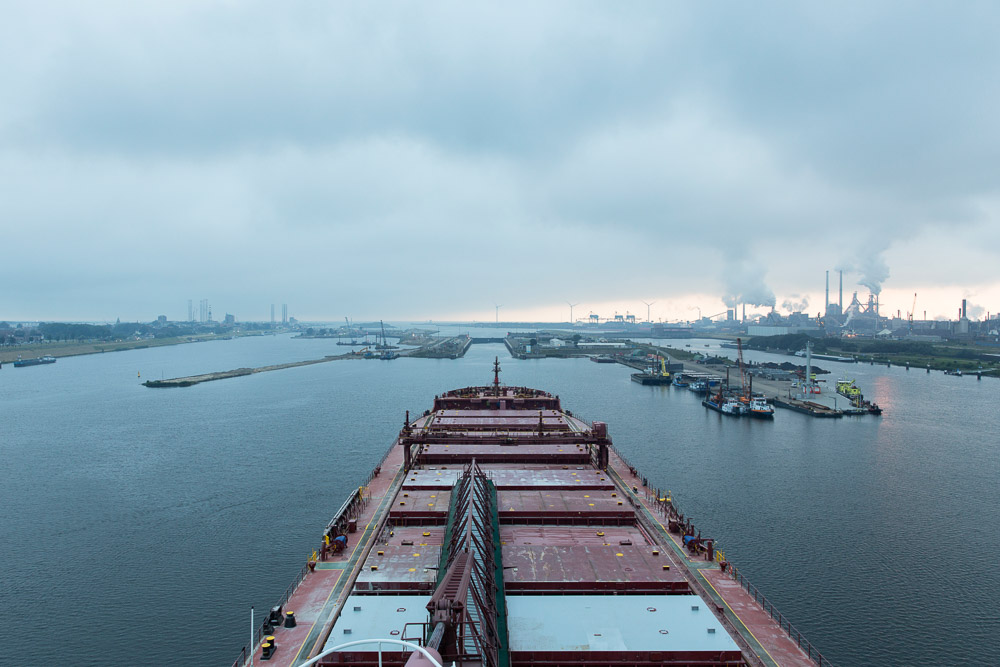
'I went looking for a ship' is a navigation through the landscape of shipping, following the major renovation of the sea lock in IJmuiden, the most important access to the port of Amsterdam. Natascha Libbert documents the life inside the technical zone on and around the locks, the port of Amsterdam, and the ships. She focused on themes such as destruction and construction, the increasing public invisibility of maritime transport, and the way in which the landscape is constantly changing as a result of shipping. She decided to look for a ship to be able to observe everything from another perspective and to get a grip on this landscape in transformation.'
Book 'I went looking for a ship'. 160 pages. Order at The Eriskay Connection.
Photography + text: Natascha Libbert Design : Michaël Snitker Publisher: The Eriskay Connection Editing + translation: Billy Nolan, Emily Williams, Vic Joseph Lithography: Marc Gijzen Production: Jos Morree Fine Books..
Made possible by the support of: AFK, Mondriaan Fonds, ING Collection, Loodswezen, Coöperatie Vletterlieden, and crowdfunding.
Selected for The Best Dutch Book Designs of 2018 (Best Verzorgde Boeken).
‘Do new monuments cause us to remember the old ones?’ Public space disappears and new landscapes appear every week. A whole history lies buried just beneath the surface, and long-lost bunkers are rediscovered. Every day, divers descend into the watery depths to slowly scan the seabed, groping in the dimness for bombs dropped by the Allies in this hidden landscape beyond our reach. Nobody sees what happens beneath the water surface.
Joseph Schumpeter describes in 'Schumpeter's Gale' the mechanisms of industry as 'the process of industrial mutation that incessantly revolutiones the economic structure from within, incessantly destroying the old one, incessantly creating a new one.'
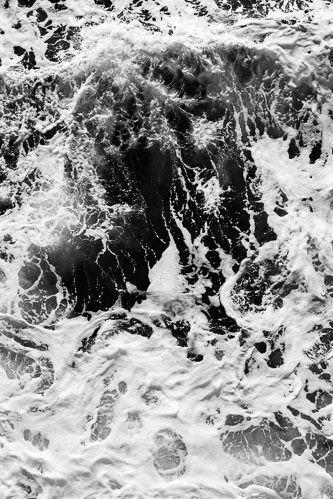
002
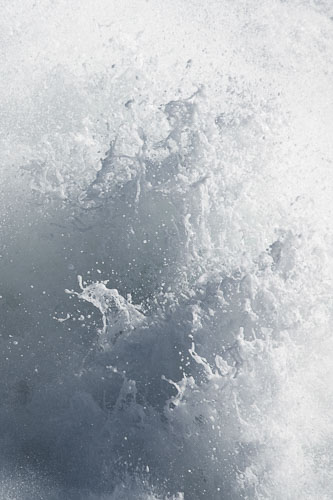
011
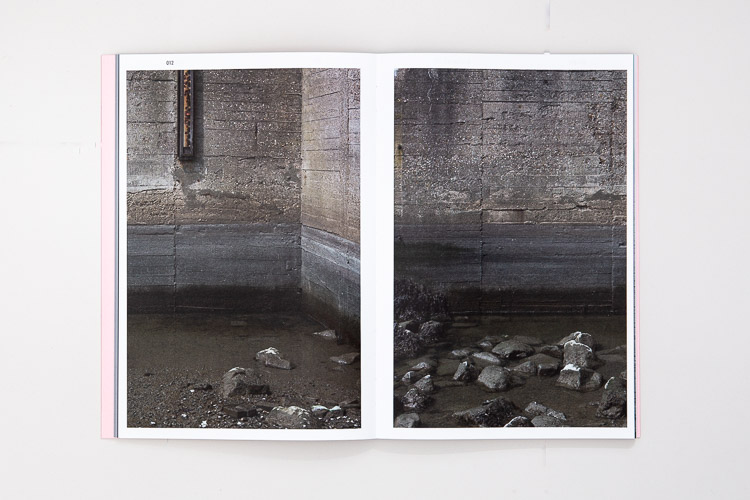


042
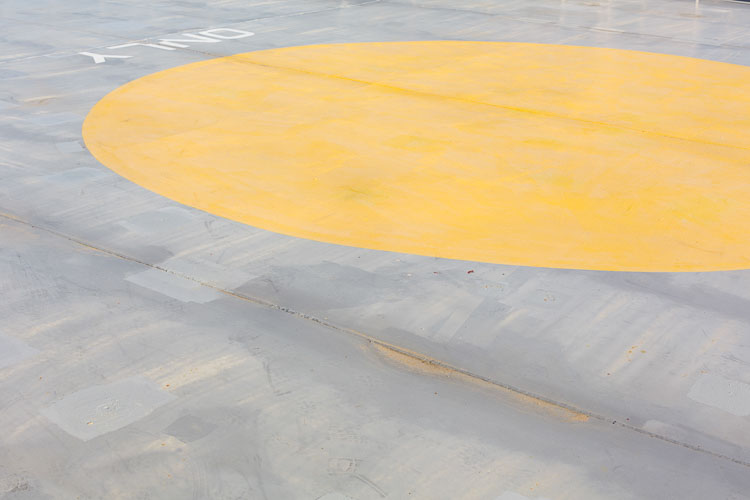
086
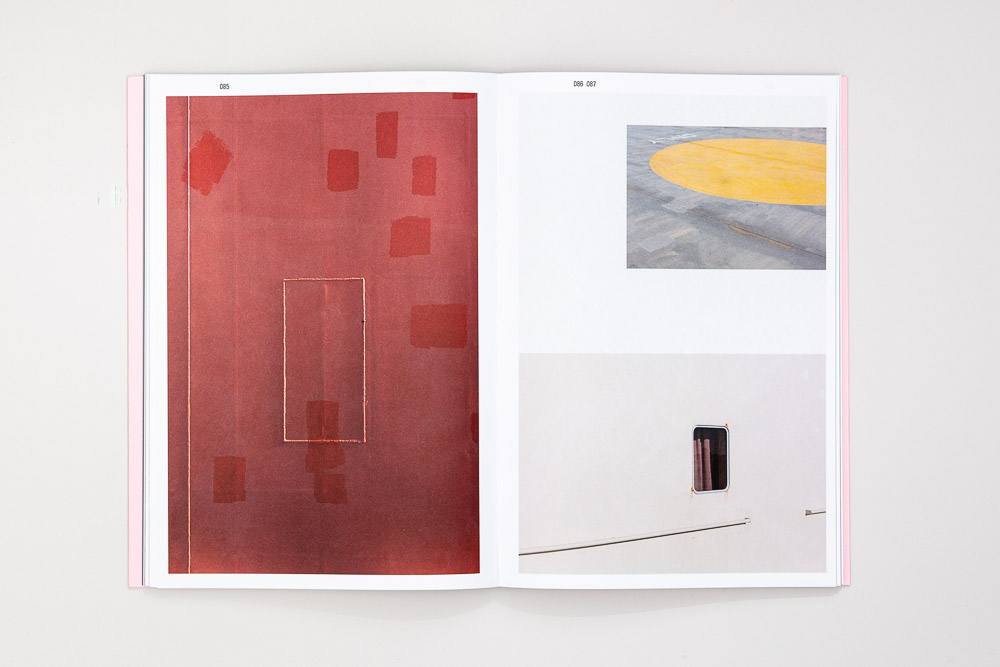
As I spent more and more hours with pilots, I decided to find out what it was like to be at sea for a longer stretch of time. I was eager to experience the confinement and repetitive nature of life at sea and how it affects the mind. I also wanted to see where a ship's cargo originated.
So a few months and countless enquiries later, I found myself aboard a 250-metre-long vessel with 31 Polish seamen en route to a fjord in Norway. A mountain in that stunningly beautiful landscape was being hollowed out from within, and its contents shipped to other parts of Europe. I was witnessing global trade at work. As much as 90% of international trade is transported across the oceans. I was moved by the landscape transformation brought about by trade, the invisibility of a human hand in this process, and the phenomenology of separation between ship and land. Ships are floating islands on a mission. Some people describe them as prisons, others as 'another day in paradise'. People at sea experience 85% fewer stimuli than those on land. The invisibilty of this landscape seems out of tune with the importance of maritime trade to society.
Read more: Conscientious + Collector Daily
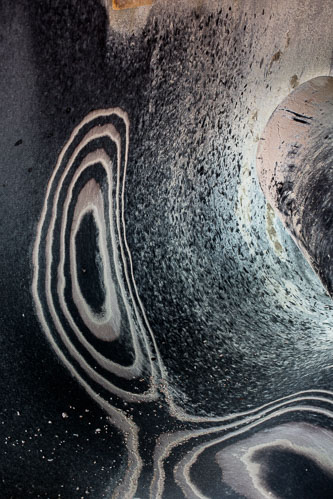
107
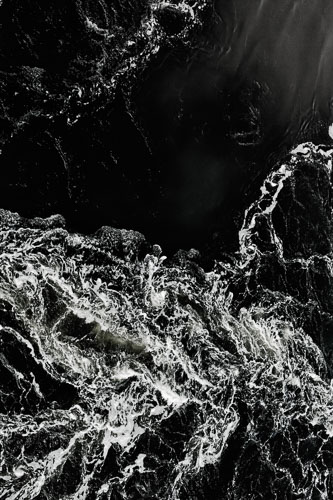
088
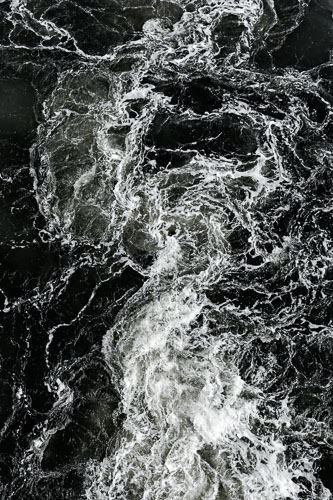
089
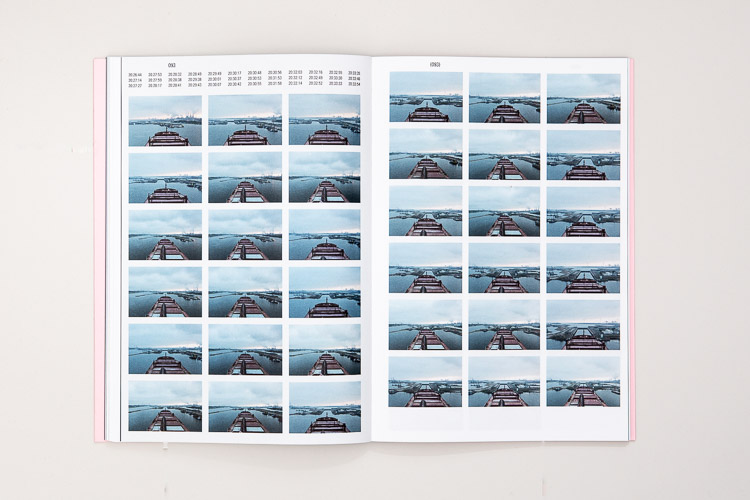

120
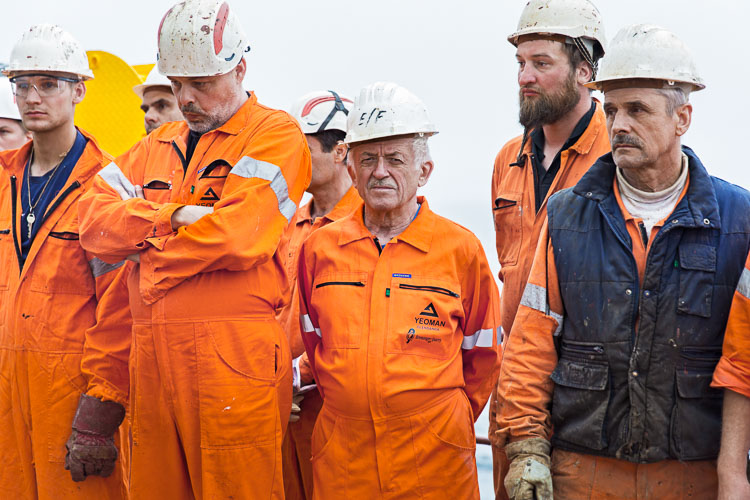
103
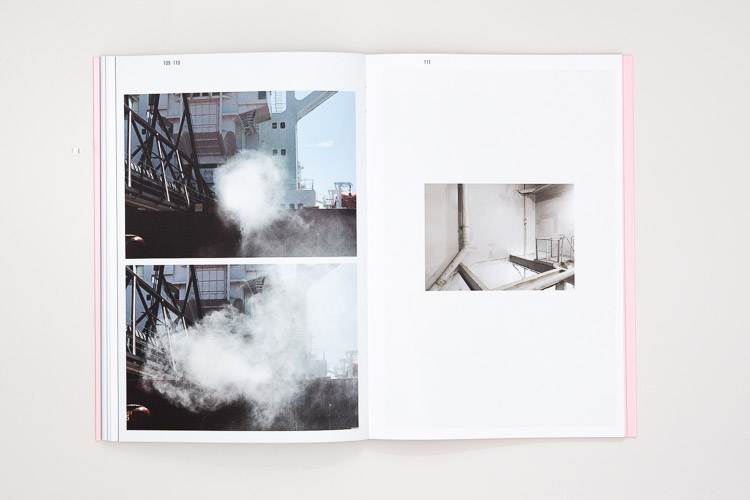


094
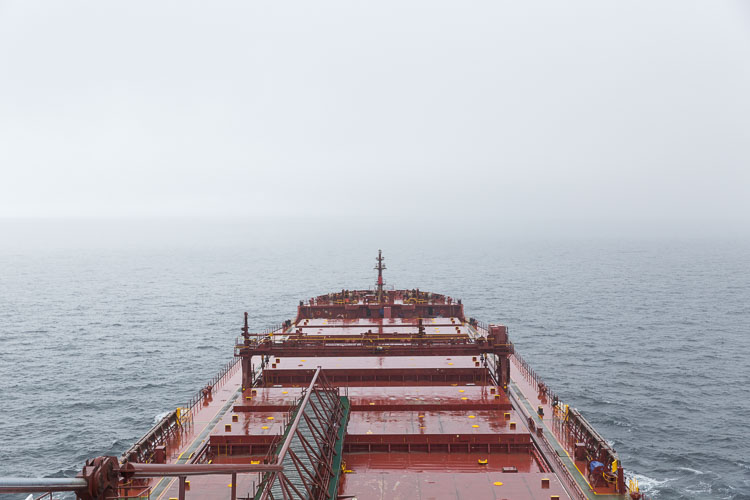
095 Yeoman Bontrup
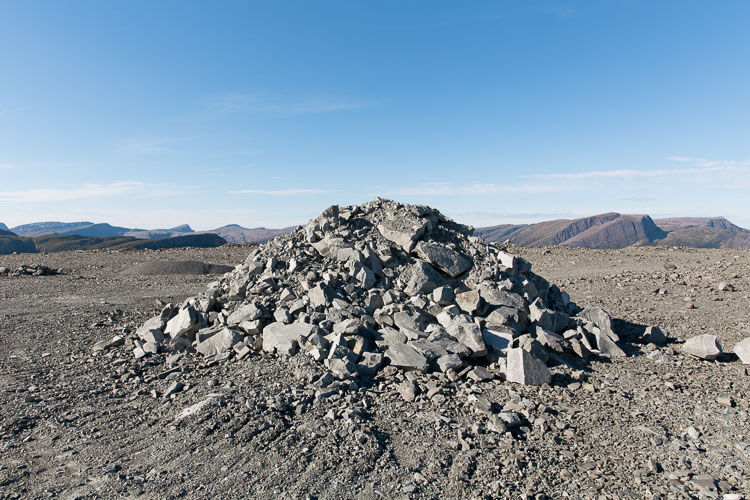
116 Bremanger
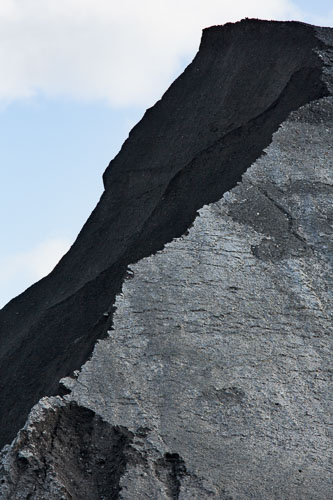
141
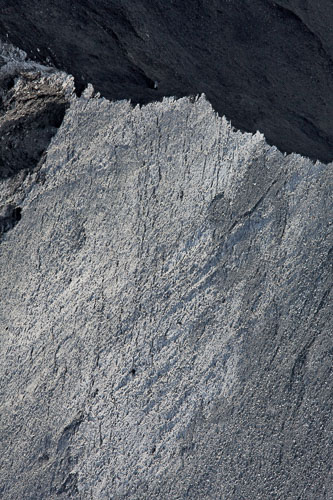
142

